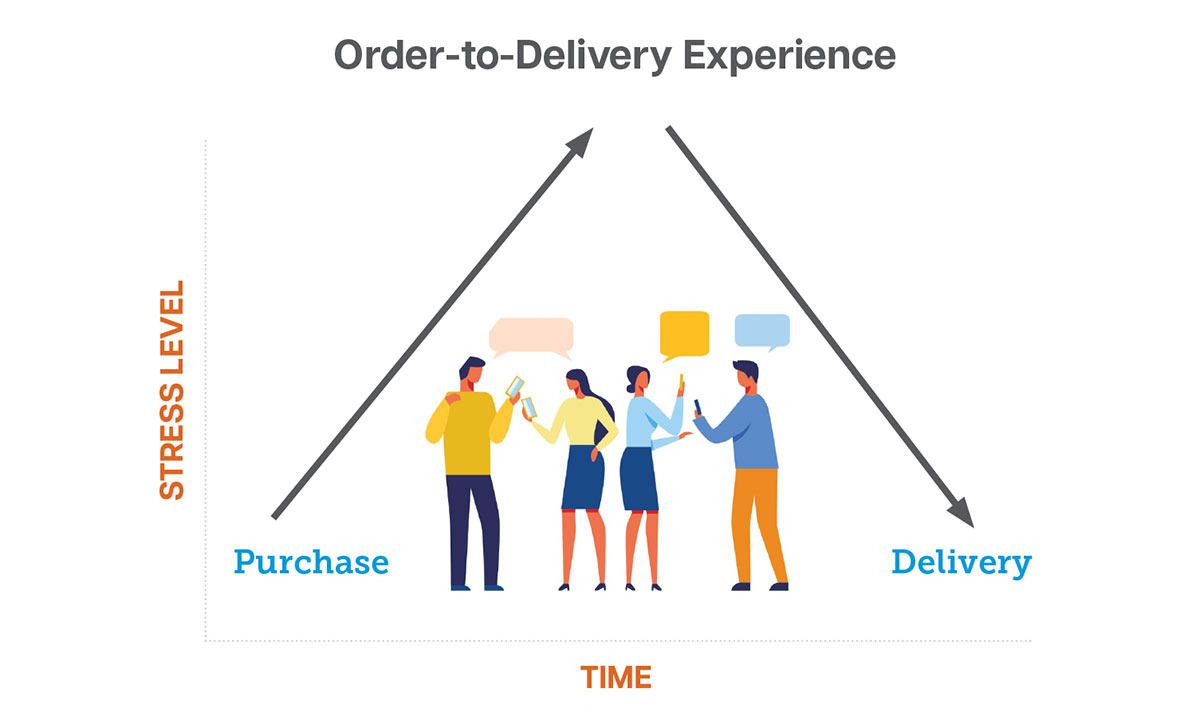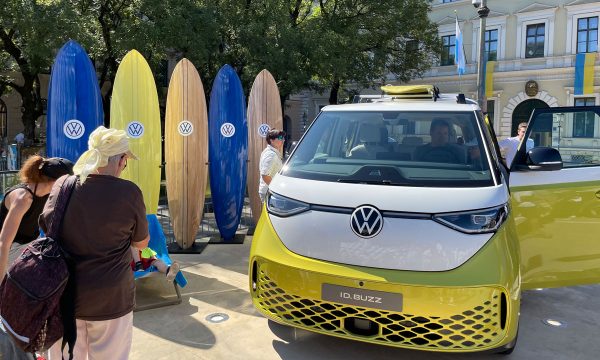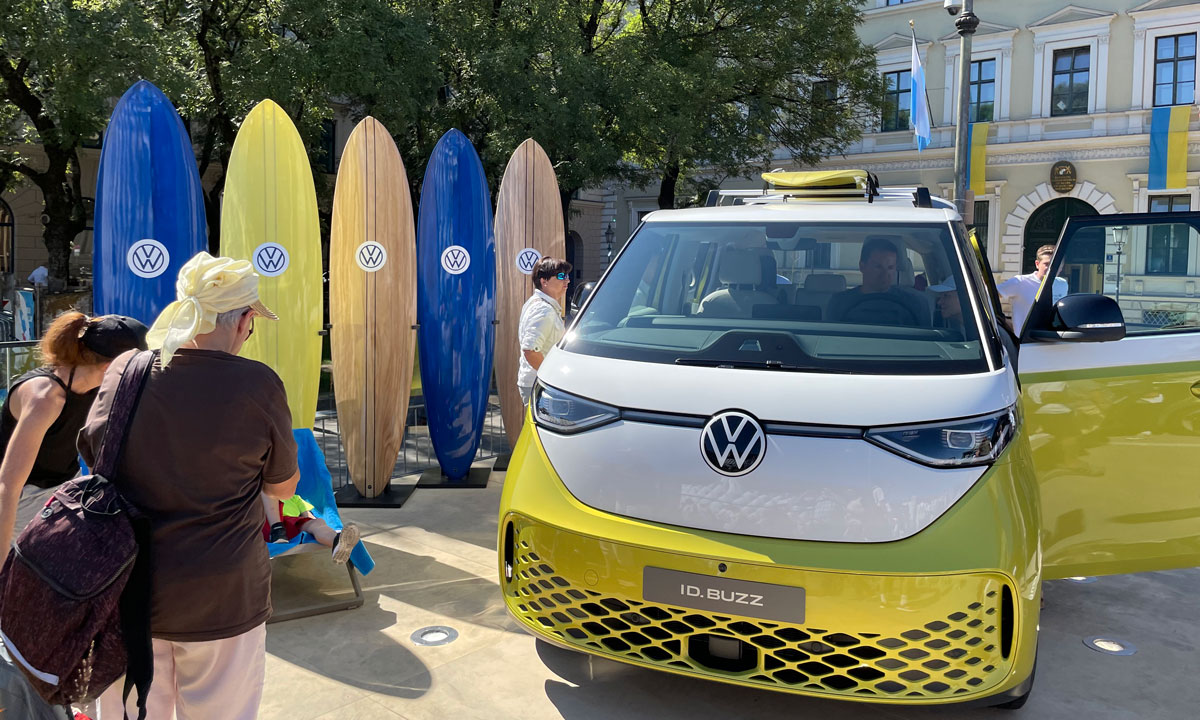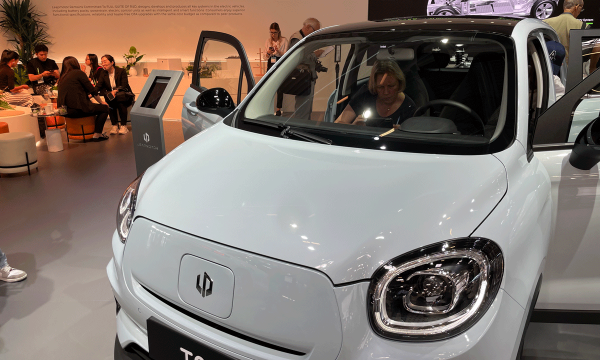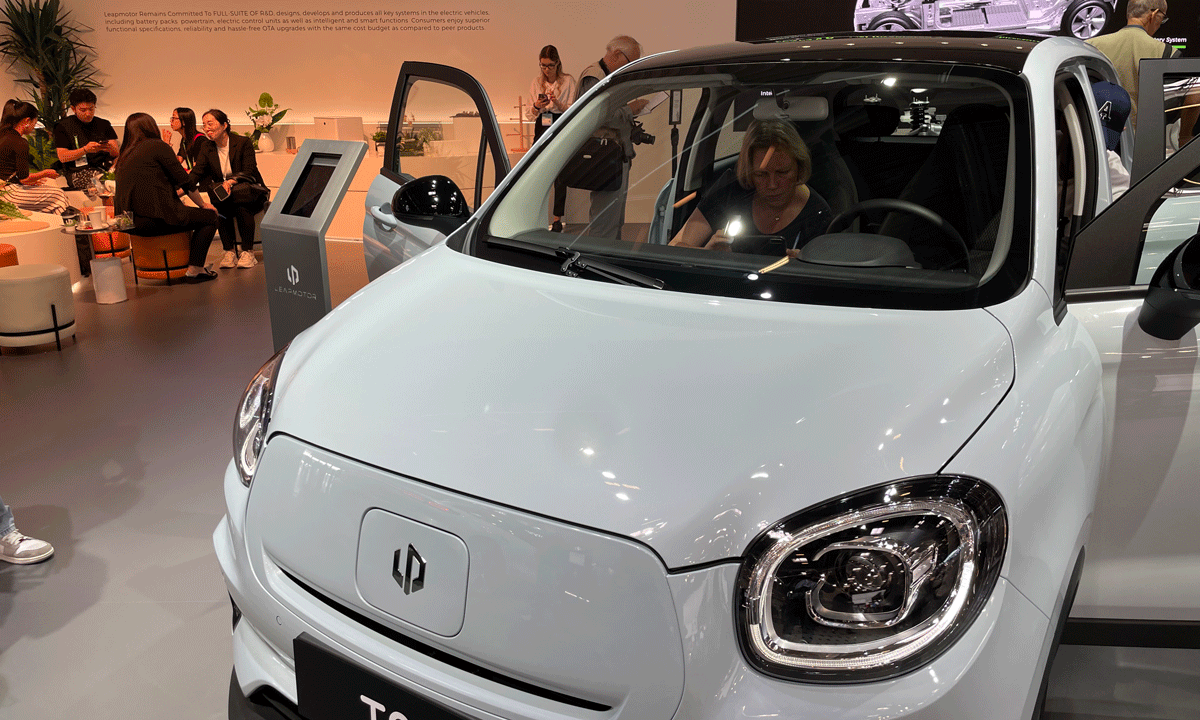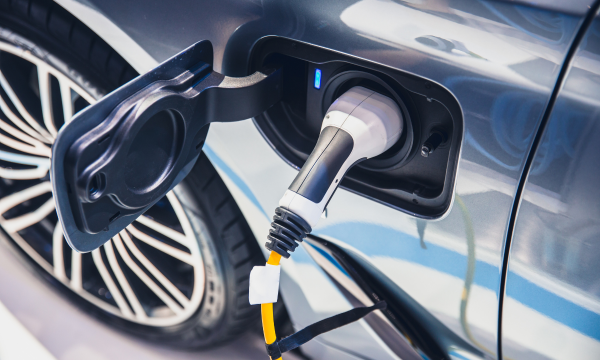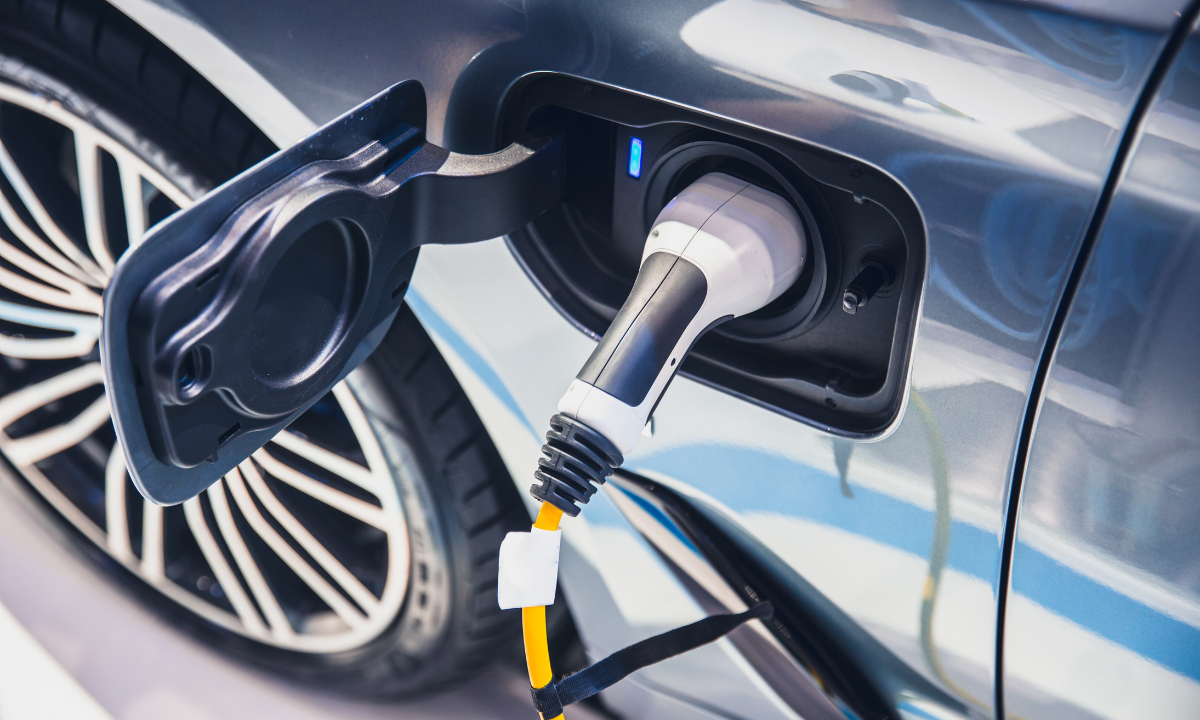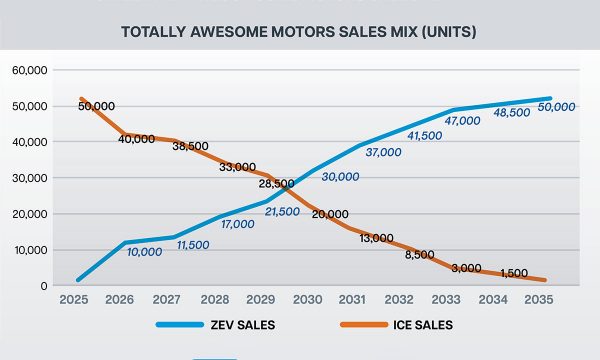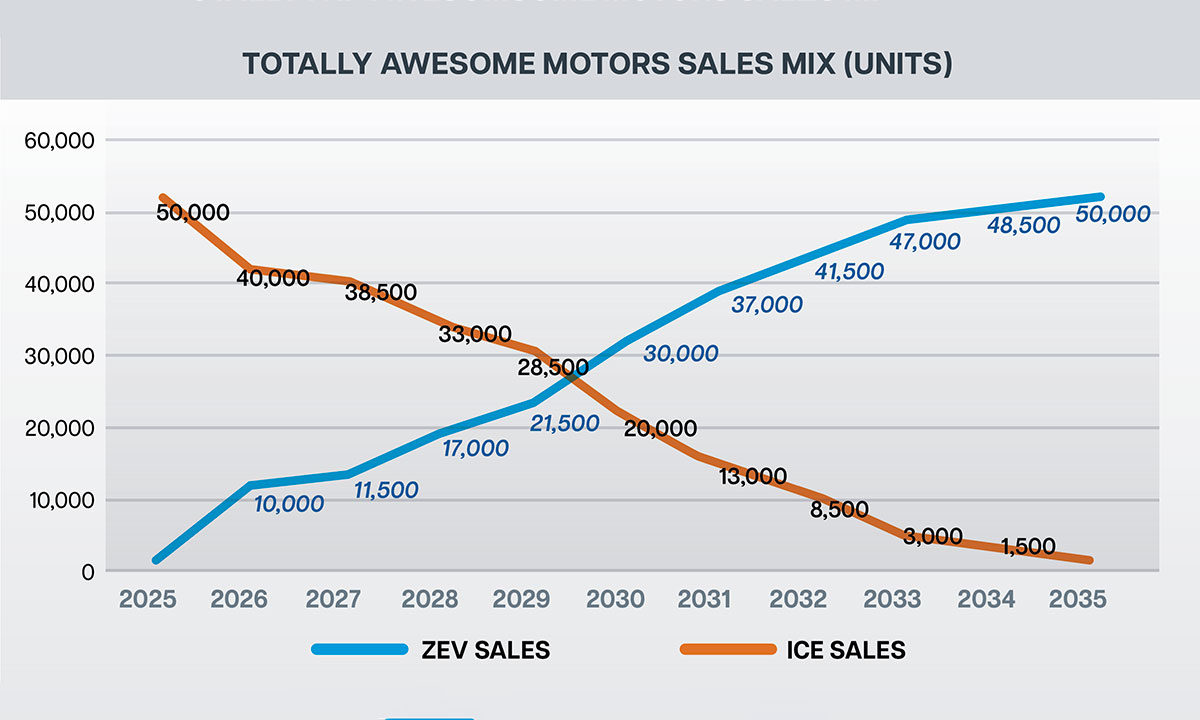Order-to-delivery is going to be with us for a while, and we need to improve our approach for how we keep our customers in the loop.
The rules of the game have changed.
If you think back to the days of pre-pandemic and pre-supply chain constraints, dealers had more inventory than they knew what to do with. The vast majority of customers were selecting vehicles from dealership’s inventory, and if the dealership didn’t have it on the lot, they could get it through a dealer trade.
That’s not the world we live in now, and will not be the world we are fully back to for some time to come.
I don’t have a crystal ball, but my prediction is that most OEMs—and dealers—have seen the benefit of a more balanced system of supply and demand. Dealers won’t want to go back to the world of a huge floor plan expense for their inventories, and huge incentives from manufacturers to move vehicles.
Perhaps most importantly, consumers seem to have accepted the order-to-delivery process of ordering in advance and waiting to get what they want. With a big caveat: they are happy with the process as long as their dealership keeps them in the loop about the status of their vehicle order.
What we’ve seen in our research, and in anecdotal conversations with consumers and dealers, is that we are not really doing a great job as an industry keeping consumers informed.
Since this is now becoming a big part of the buying and delivery experience, we need to adapt our tools and processes to ensure we deliver a next level experience that can actually add value and excitement.
Apart from being the right thing to do, and part of our overall efforts to elevate the experience in our industry, staying in regular contact with our buyers can also help prevent order cancellations.
When you consider the diagram above, representing a buyer’s emotions during a typical order-to-delivery experience, we can see the customer’s stress level rising on the Y-axis as the time elapses between purchase and delivery on the X-axis.
When they place their order for the vehicle they want, and place a deposit, their stress level is pretty low. They are excited about their purchase. As time goes on, however, their stress level rises, particularly if they aren’t hearing anything about the progress of their order. As those stress levels rise, they are more likely to consider putting a second or third deposit on other vehicles, or canceling their order.
The way to ease their concerns is to proactively reach out to them with updates that are meaningful steps in the build, ship and delivery journey. This is a great way to maintain advocacy, and retain loyalty.
This type of status update on order tracking information and transparency is also what consumers are used to when they order from Amazon, an Uber or even fast-food. Some fast-food restaurants provide an app that helps their hungry customers track the order every step of the way: order received, food being prepared, food on its way.
Proactive communication, even if the news is not always what our customer wants to hear, is always preferable to leaving them wondering what is happening.
In an ideal scenario, we see at least five key touchpoints, for keeping customers in the loop and engaged. Here are those touchpoints and some sample talking tracks for each.
Purchase-to-delivery touchpoints:
Customer order entry: “We are happy to report your new order has been entered in our production system.”
Vehicle scheduled for production: “We are happy to confirm your new vehicle is scheduled to be built in May.”
Vehicle has been built: “We are happy to share with you that your new vehicle has been built.”
Vehicle is in transit from the factory: “We are very pleased to confirm your new vehicle is on rail to our dealership.”
Vehicle has arrived at the dealership: “We are thrilled that your new vehicle has arrived safe and sound at our dealership.”
When we master this process, we can also start to add additional value to each of these touchpoints, by providing things like videos with key features of the vehicles to get them excited, or accessories and protection packages you might offer, or coordinating the exact delivery time and date that suits their schedule.
Just as dealers need to adapt, OEMs have to provide more transparent and accurate information to their dealership network. Some are building online portals to help, but until those new tools are available, there are things dealerships can do right now with the information they have.
Going silent and avoiding your customers isn’t a strategy. Being proactive and gathering all the information you can, and being honest and transparent with your customers about things you don’t yet know, is the way to go.
That way you can help build their excitement every step of the way, and result in a delivery event that will be highly anticipated and enjoyable.
